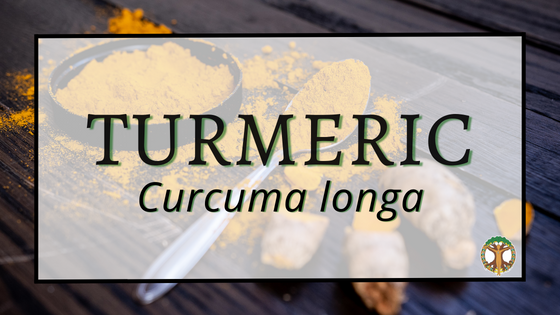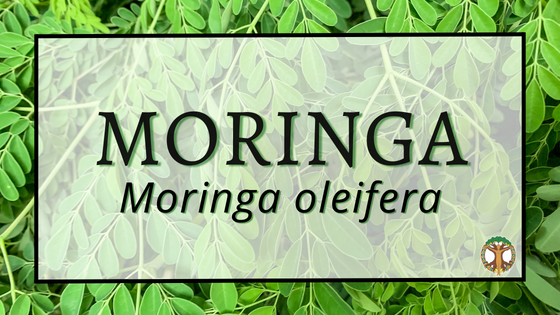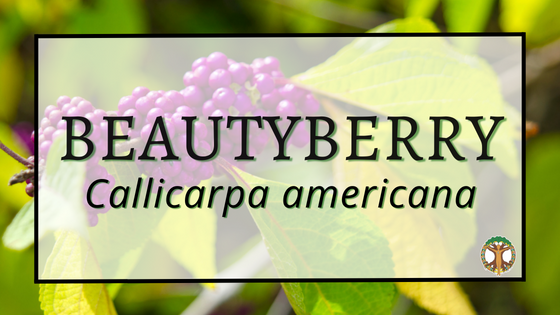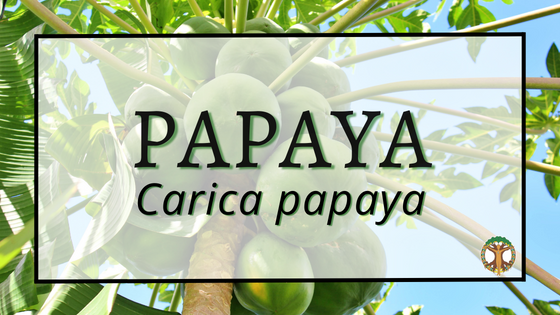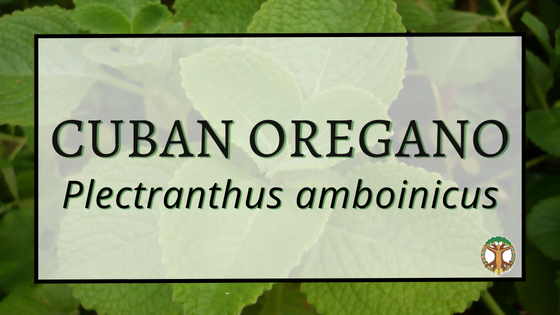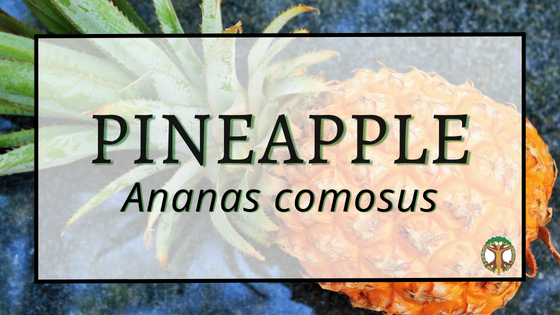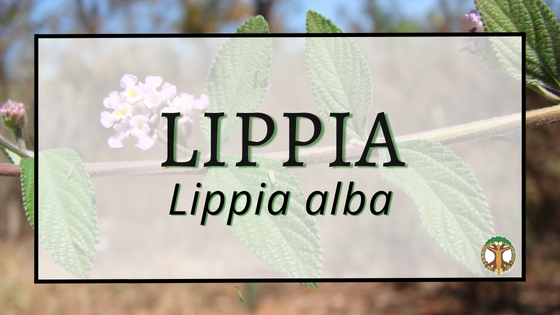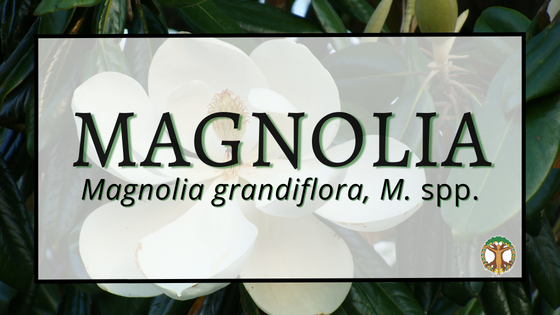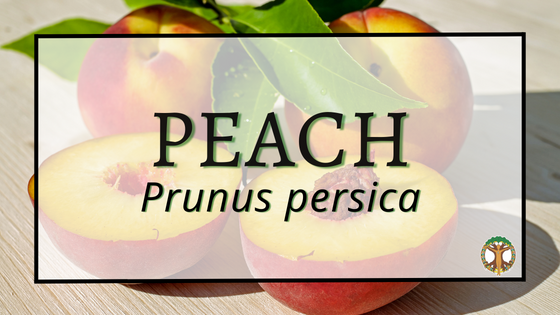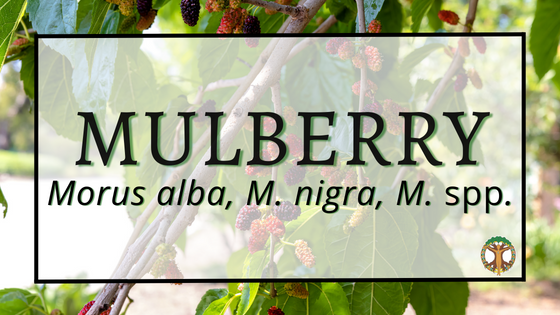-
Turmeric
Indigenous to India, turmeric is now cultivated in tropical regions throughout the world. Turmeric is an important herb in Ayurveda and Traditional Chinese Medicine.
-
Moringa
For thousands of years, moringa leaf has been a source of nutrition. It has been known as the most useful and nutrient-rich plant yet discovered.
-
Beautyberry
American Beautyberry is a native deciduous shrub of the Southern United States which is often grown as an ornamental.
-
Papaya
The papaya was brought to Brazil where the Portuguese saw a resemblance in the shape of the fruit to a woman’s breast so they called it mamão.
-
Cuban Oregano
Cuban Oregano is used for respiratory issues like bronchitis, allergies, asthma, colds, and coughs.
-
Pineapple
Pineapples are symbols of hospitality and warmth. They express the sentiment of “welcome.” This use of pineapple to make a guest feel well-received is from the rarity of pineapples in America in the 18th century.
-
Lippia
Lippia is used as a prominent remedy. Leaves are used as an infusion against states of excitement, hypertension, digestive troubles, nausea and cold, to heal wounds locally and as syrup against cough and bronchitis.
-
Magnolia
Magnolia is a symbol of perseverance, endurance and long life because of the tough thick flowers and the long life of the trees which can survive over a hundred years.
-
Peach
Peach is an old European folk remedy that was adopted by the Indigenous people as a food and medicine when European settlers brought it to the New World.
-
Mulberry
Native to China and is grown all around the world. It is a perennial bush or tree herb with heart-shaped leaves that can be found in urban areas as an ornamental and can be found across the world wherever there are silkworms.


